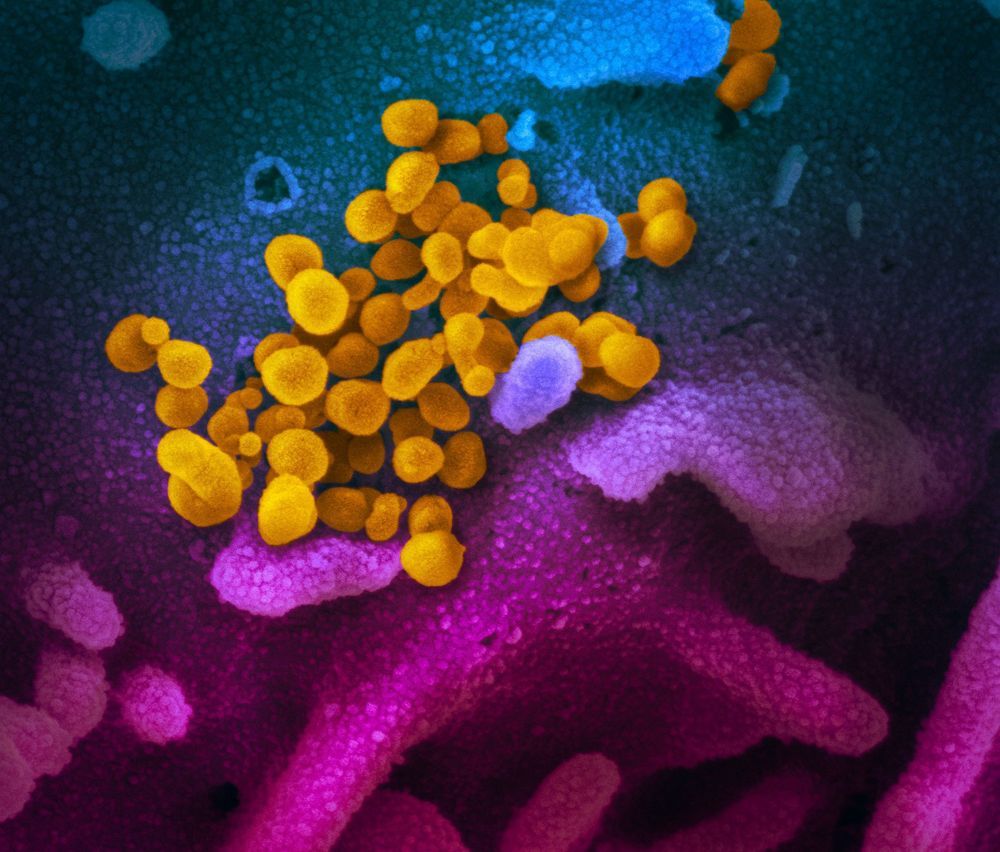The investigators concluded that diffuse bilateral pulmonary inflammation observed in COVID-19 is associated with a novel pulmonary-specific vasculopathy, which is distinct from DIC, and which they’ve termed “pulmonary intravascular coagulopathy (PIC).”
“Understanding how these micro-clots are being formed within the lung is critical so that we can develop more effective treatments for our patients, particularly those in high-risk groups,” O’Donnell commented. “Further studies will be required to investigate whether different blood thinning treatments may have a role in selected high-risk patients in order to reduce the risk of clot formation.”
The authors suggest that larger, controlled studies will be needed to determine whether more intensive anticoagulation and/or targeted anti-inflammatory therapies might help reduce PIC in patients with severe COVID-19. The findings may also be relevant to growing evidence that some ethnicities are more likely to develop serious COVID-19 than others. “Given that thrombotic risk is significantly impacted by race, coupled with the accumulating evidence that coagulopathy is important in COVID-19 pathogenesis, our findings raise the intriguing possibility that pulmonary vasculopathy may contribute to the unexplained differences that are beginning to emerge highlighting racial susceptibility to COVID-19 mortality,” they concluded.
